
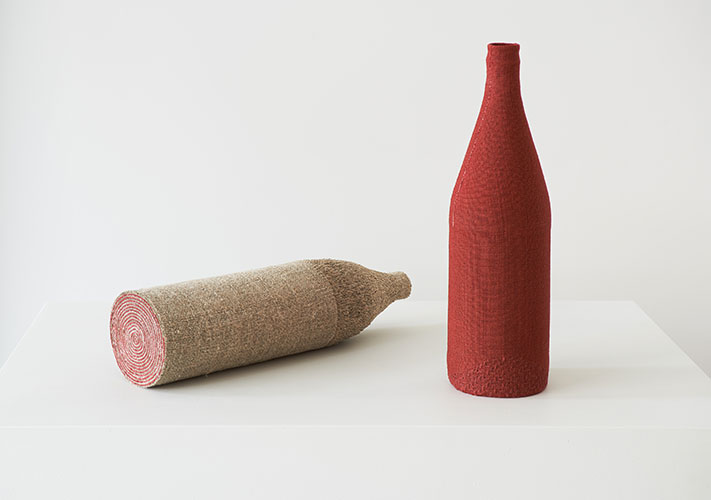

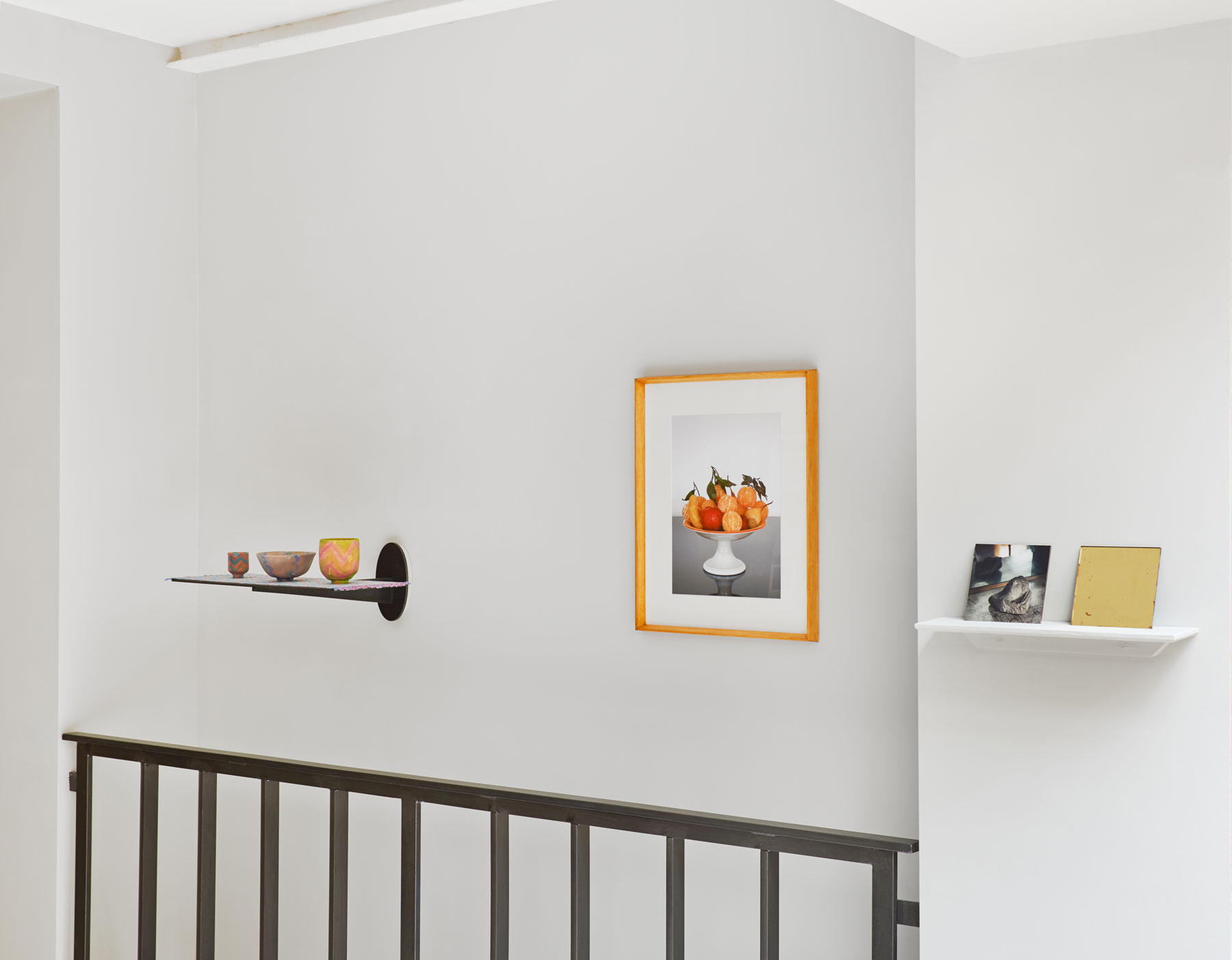


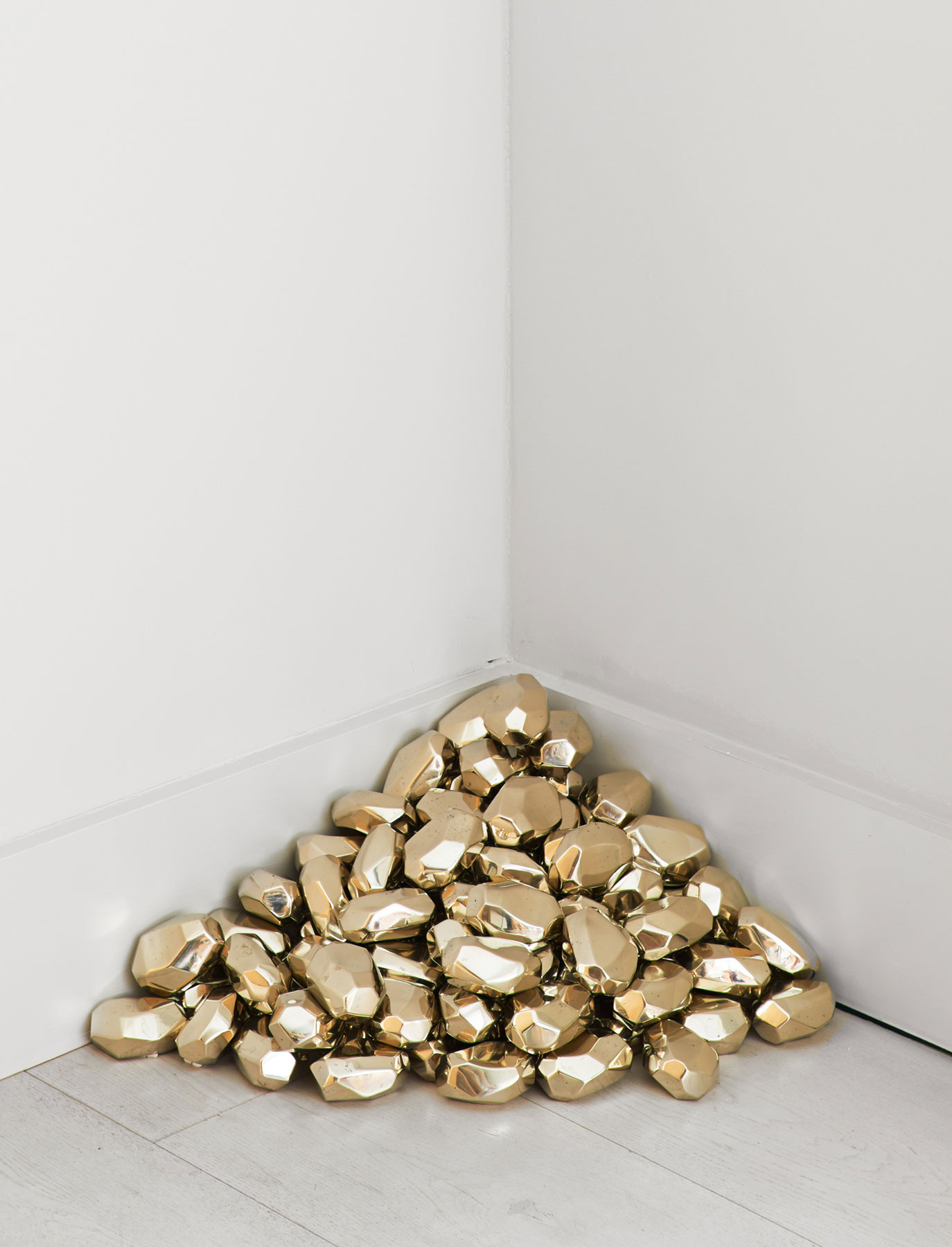

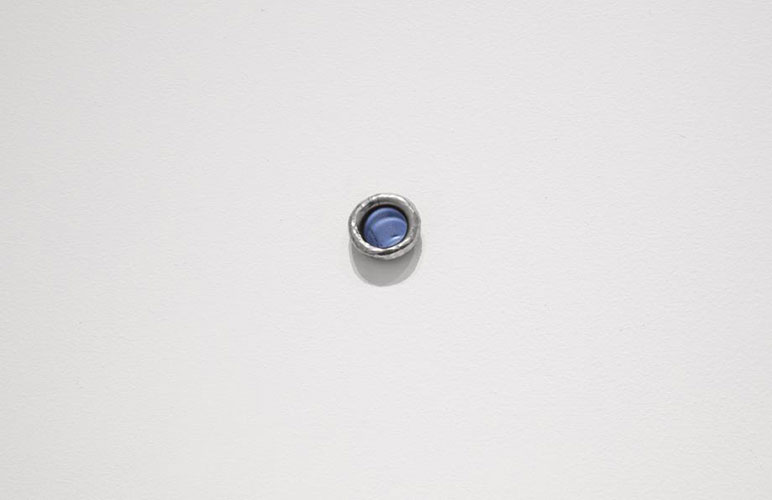
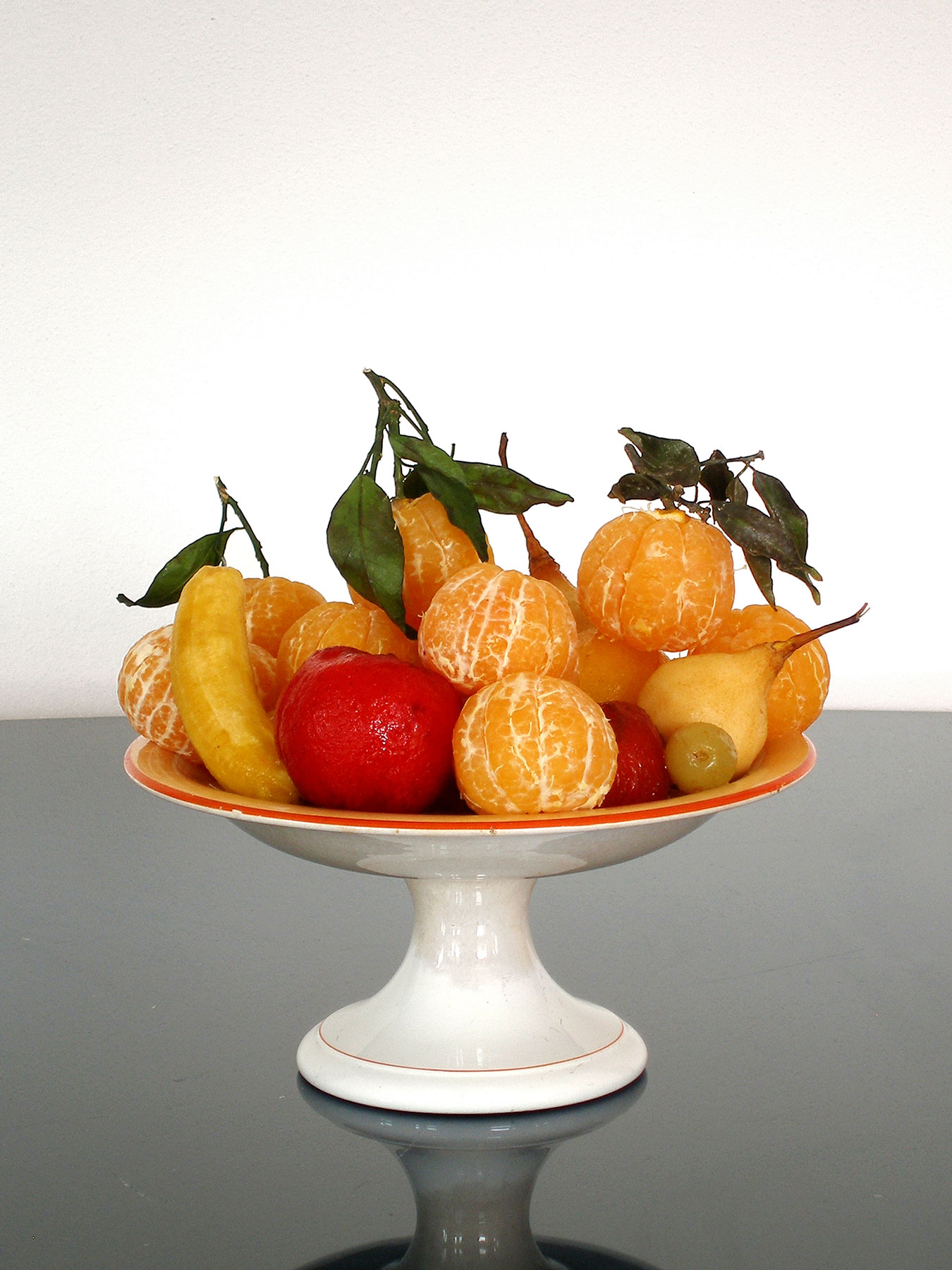
On Beauty
27 Jun–24 Oct 2014
27 Jun–24 Oct 2014
On Beauty is a group exhibition reflecting on the experience of beauty. The participating artists do not seek to portray beauty, instead to evoke the moment of its encounter. Colm Tóibín’s newly commissioned short text articulates this complex experience in relation to the natural world:
What he saw as he turned into the lane and caught his first clear sight of the sea shocked him, made him blink and stand still and clench his fists. The blue grey colours far out had more dull substance than he remembered, but these colours were cut now by an island of molten white light from the sun which lay on a stretch of the water, holding it in thrall, so that what he saw was a clean fierce beauty. Maybe, he felt, this is enough, this is all he ever wanted, to see this healing glow on the sea on a winter’s day, to be alive now, not to think at all, merely watch it and wallow in the sight of this great whiteness on the sea and listen to the sound it made as the waves crashed in on the strand.
German artist Asta Gröting’s work Potatoes consists of one hundred ‘life’ casts in nickel of carefully peeled potatoes, which she has silver plated, in so doing revealing ‘an ambivalence of beauty in a common thing.’
Susan Hiller has commented on the origin of her work Dirty Paintings (homage to Georges Bataille): ‘In Blue of Noon, the character Dirty (short for Dorothea) stands for ‘the sovereign orgy of expenditure.’ When the book opens, she is ‘utterly’ drunk in a London dive bar, ‘the most squalid of unlikely places,’ and wearing ‘a sumptuous evening gown.’ ‘Freedom through transgression’ was what interested me, even by transgressing my own annual burning of paintings; I wanted to make some paintings that transgressed against the ideal of painting and also transgressed against my own ritualistic habit.’
The Belgian artist Michel François’ lace-like wall sculptures Instant Gratification, are the result of the thermic shock provoked by pouring molten bronze and aluminium onto a cold floor.
Swedish conceptual artist Dan Wolgers has installed a lead pipe that runs through the wall separating two spaces, with its ends knocked out of shape so that it cannot be pulled out – the pipe is named differently on each side, ‘Mary Magdalene’ on one and ‘Jesus’ on the other.
The alchemical work of Bernhard Schobinger gathers and processes all kinds of materials, apparent rubbish or as he says, ‘the unbeautiful’: from coloured pencils, used knicker elastic, precious stones, combs or worn eraser nubs, to coins, diamonds, prickly saw blades and poison bottles.
What he saw as he turned into the lane and caught his first clear sight of the sea shocked him, made him blink and stand still and clench his fists. The blue grey colours far out had more dull substance than he remembered, but these colours were cut now by an island of molten white light from the sun which lay on a stretch of the water, holding it in thrall, so that what he saw was a clean fierce beauty. Maybe, he felt, this is enough, this is all he ever wanted, to see this healing glow on the sea on a winter’s day, to be alive now, not to think at all, merely watch it and wallow in the sight of this great whiteness on the sea and listen to the sound it made as the waves crashed in on the strand.
German artist Asta Gröting’s work Potatoes consists of one hundred ‘life’ casts in nickel of carefully peeled potatoes, which she has silver plated, in so doing revealing ‘an ambivalence of beauty in a common thing.’
Susan Hiller has commented on the origin of her work Dirty Paintings (homage to Georges Bataille): ‘In Blue of Noon, the character Dirty (short for Dorothea) stands for ‘the sovereign orgy of expenditure.’ When the book opens, she is ‘utterly’ drunk in a London dive bar, ‘the most squalid of unlikely places,’ and wearing ‘a sumptuous evening gown.’ ‘Freedom through transgression’ was what interested me, even by transgressing my own annual burning of paintings; I wanted to make some paintings that transgressed against the ideal of painting and also transgressed against my own ritualistic habit.’
The Belgian artist Michel François’ lace-like wall sculptures Instant Gratification, are the result of the thermic shock provoked by pouring molten bronze and aluminium onto a cold floor.
Swedish conceptual artist Dan Wolgers has installed a lead pipe that runs through the wall separating two spaces, with its ends knocked out of shape so that it cannot be pulled out – the pipe is named differently on each side, ‘Mary Magdalene’ on one and ‘Jesus’ on the other.
The alchemical work of Bernhard Schobinger gathers and processes all kinds of materials, apparent rubbish or as he says, ‘the unbeautiful’: from coloured pencils, used knicker elastic, precious stones, combs or worn eraser nubs, to coins, diamonds, prickly saw blades and poison bottles.